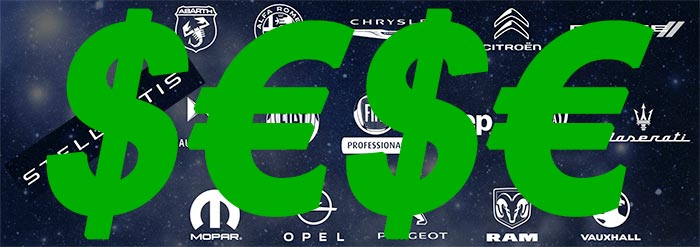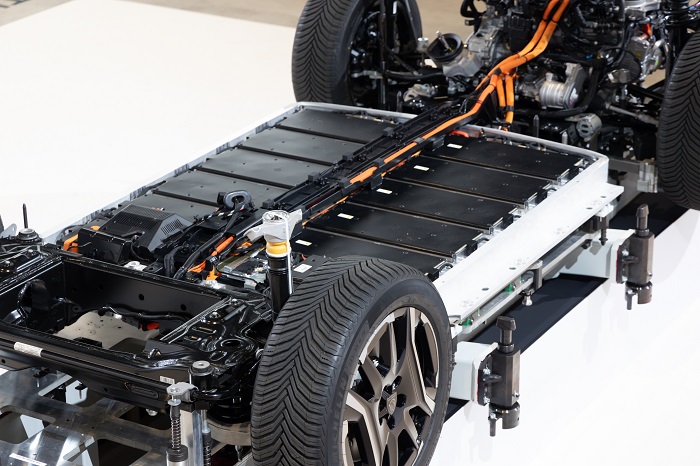Stellantis reported net revenues of around €36 billion, down 14% from Q1 2024 (€42 billion) but still respectable and positive. Shipments were down to 1.2 million, a drop of 9%, which the company blamed on product transitions, lower commercial van sales in Europe, extended holiday downtime, and lower North American production. The company had 1.2 million cars in inventory, 333,000 of which were held by Stellantis itself, roughly similar to where it was at the end of 2024.

By region and segment, profits were:
- North America: €14.4 billion net revenue on 325,000 units
- South America: €3.7 billion net revenue on 211,000 units
- Europe: €13.6 billion net revenue on 567,000 units
- ME+Africa: €2.3 billion on 116,000 units including JVs
- Asia-Pacific: €0.4 billion on 12,000 units
- Maserati: €0.2 billion on 1,700 units
North America continues to be the company’s primary source of net revenues, though Europe is less than one billion euros behind. However, the company’s focus appears to still be on any region but North America, as Chrysler continues to drag on with a single vehicle and Dodge has just three, one of which is quite old and one of which is Alfa Romeo based (albeit based off a Jeep, in turn). Two new Rams, the Ramcharger and a pickup, appear to be some ways out. Europe is the second most profitable region. South America provides Stellantis with market leadership but relatively low profits. Maserati remains profitable, albeit with only €157 million in net revenue.

One euro is currently $1.14 USD, so these numbers are around 10% higher in U.S. dollars. The euro has gained by around 6¢ over the dollar in the past month.
Stellantis is suspending financial guidance, like many companies, due to tariff uncertainty. Yesterday, the United States made its tariff situation for parts crossing the Canadian border lighter, in that each part will only be taxed once, but still complex, since each part will be taxed at the highest possible rate. Many components and assemblies go back and forth between factories on different sides of the Canadian border. American tariffs have been met with informal Canadian boycotts on grocery items, but this might or might not translate to sales of actual vehicles.

On the lighter side, Stellantis claimed market leadership in hybrid cars in Europe and took second place in battery-electrics; their market share of hybrids was 15.5% and of BEVs was 13.0%, compared to a claimed market share of 17.3%.
In the United States, retail sales rose on several vehicles (Grand Cherokee, Compass, Ram 1500, Ram 2500) by over 10% though fleet sales dropped; new retail orders were especially high in March, though some of this was pulled forward by buyers avoiding future tariffs. South American market share rose to 23.8%, partly because Argentina eased import restrictions.
AutoDrive 1.0 has been delivered; this provides automated driving up to 37 mph. STLA Brain is still in the future, along with Smart Cockpit, and the company is partnering harder with Mistral AI for in-car AI.
STLA stock fell on the news, and is down 3.6% today, to $9.25. The high for STLA stock over the past year was $23.37, roughly two and a half times the current price.

David Zatz started what was to become the world’s biggest Mopar site (Allpar) in 1994. After a chemo-induced 2007-2010 break, during which he wrote car books covering Vipers, minivans, and Jeeps, he returned with Patrick Rall to create StellPower.com for daily news, and to set up MoTales for mo’ tales (Chrysler history and “permanent” car and truck pages). He most recently wrote Century of Chrysler, a 100-year retrospective on the marque.
Discover more from Stellpower - that Mopar news site
Subscribe to get the latest posts sent to your email.